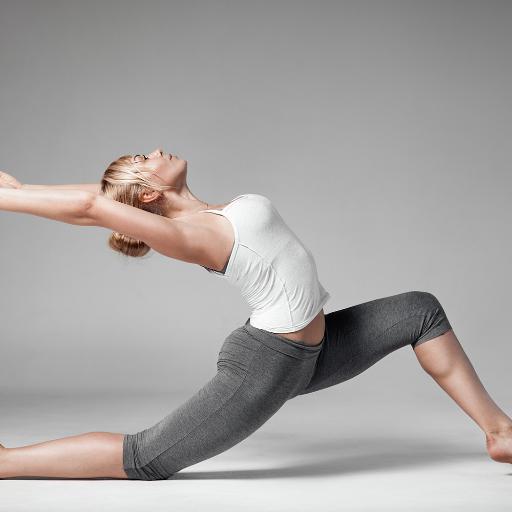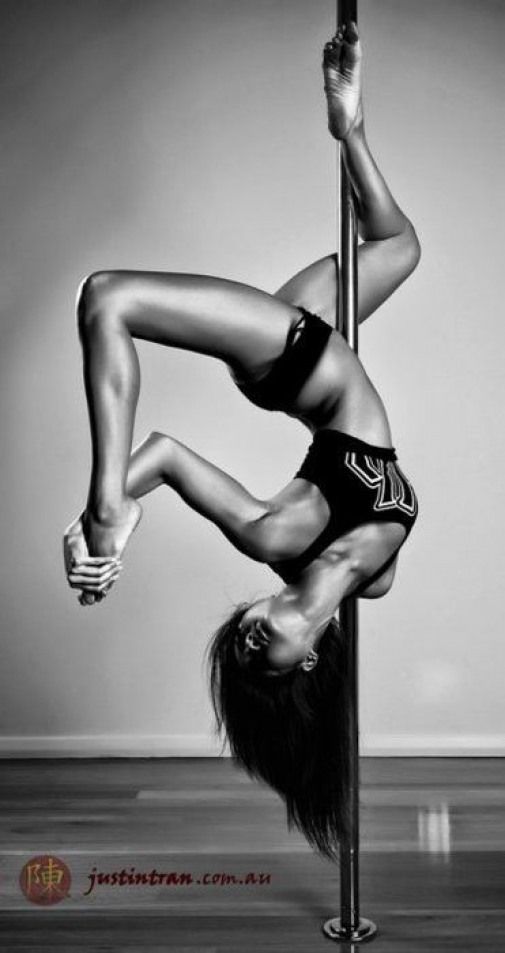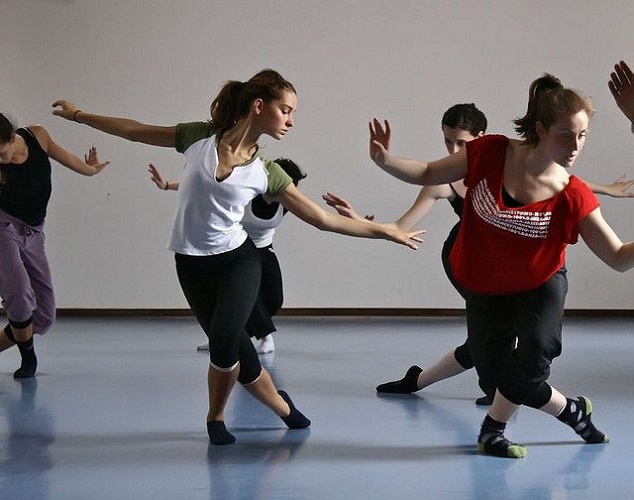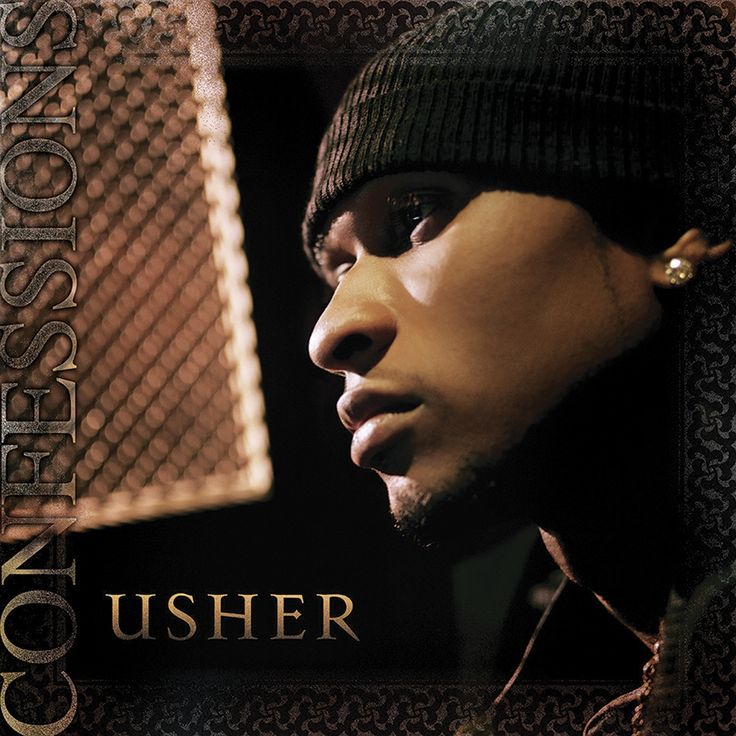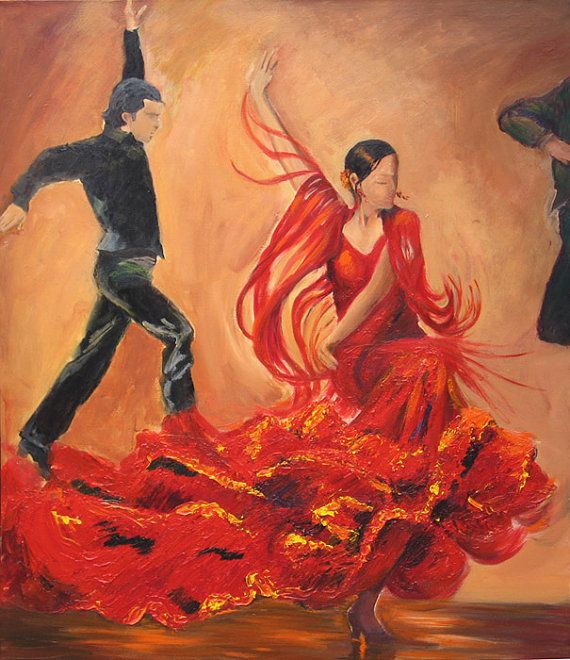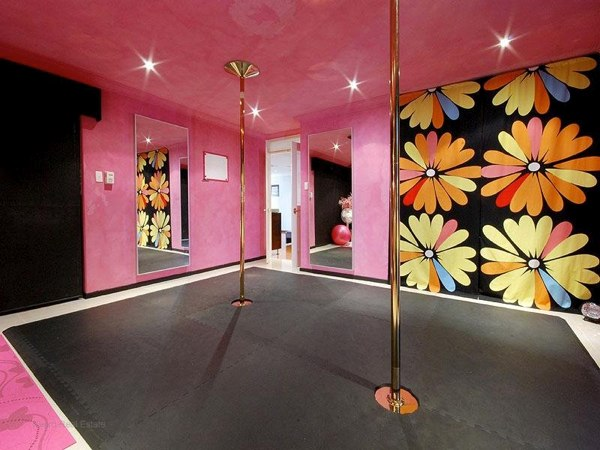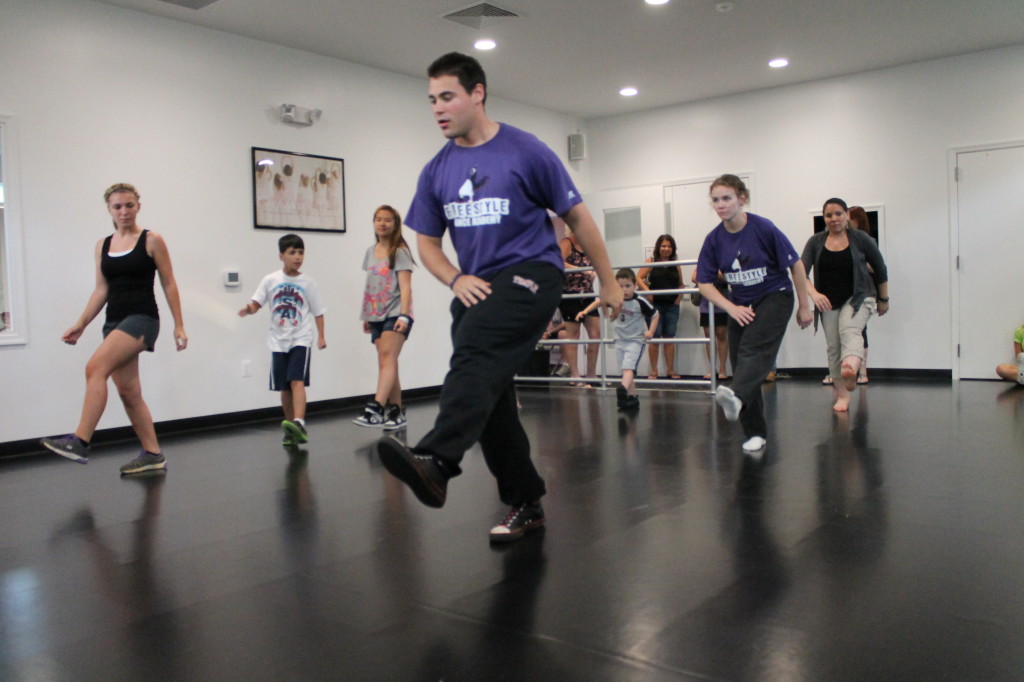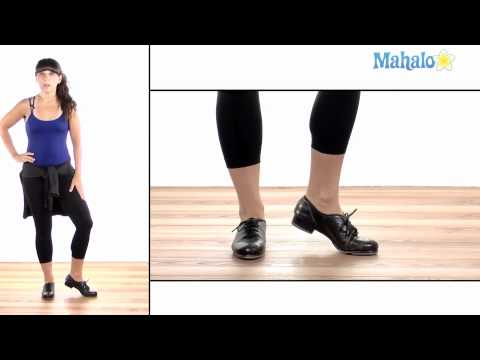How to increase back flexibility for dancers
How to Improve Back Flexibility for Ballet Dancers
In dance and especially in ballet, not having a flexible back is whack. Plain and simple. You’ve probably heard the phrase, “work your core” or “keep your center” from your dance teachers over and over, but where exactly is your center? It’s not just your abs!
You might have thought working out your core only meant squeezing your abs while you’re at the barre and doing some planks and crunches in center, but your core includes your back too! Any professional dancer will tell you how important it is to stretch your back. Considering all of the flexibility and strength you need to do ballet comes from your core, it might be time to give your back the love and care it deserves.
Exercises to Improve Back Flexibility for Ballet
Here are some exercises to improve back flexibility!
Warm up your back and core
First, it’s important to stretch out your back muscles before doing any type of workout.
To start, get on your hands and knees and arch and curl your back a couple times through. Then stretch out your legs flat on the ground and use your hands to push yourself up into a cobra pose. To further warm up your back muscles, lift yourself into a half cobra pose, and take your hands off of the ground. Now, do the reverse, resting your head on your hands and this time lifting your feet off the ground. Make sure the feet are pointed! This is a great exercise to help with your arabesque.
Work the upper back
Lying on the floor, just as you were for the arabesque stretch, lift your legs, with the feet pointed, and arms stretched out in front of you. Lift your arms and legs off the floor at the same time. Sweep the arms behind you and then lower back to the floor.
Repeat and feel the burn.
Leg pulses are great to help improve back flexibilityLengthen your leg to as high as you can go, but don’t force it to go higher than is comfortable and then pulse your legs! Returning to the floor with the head rested on the arms, lift your leg off the floor, feet pointed, and pulse.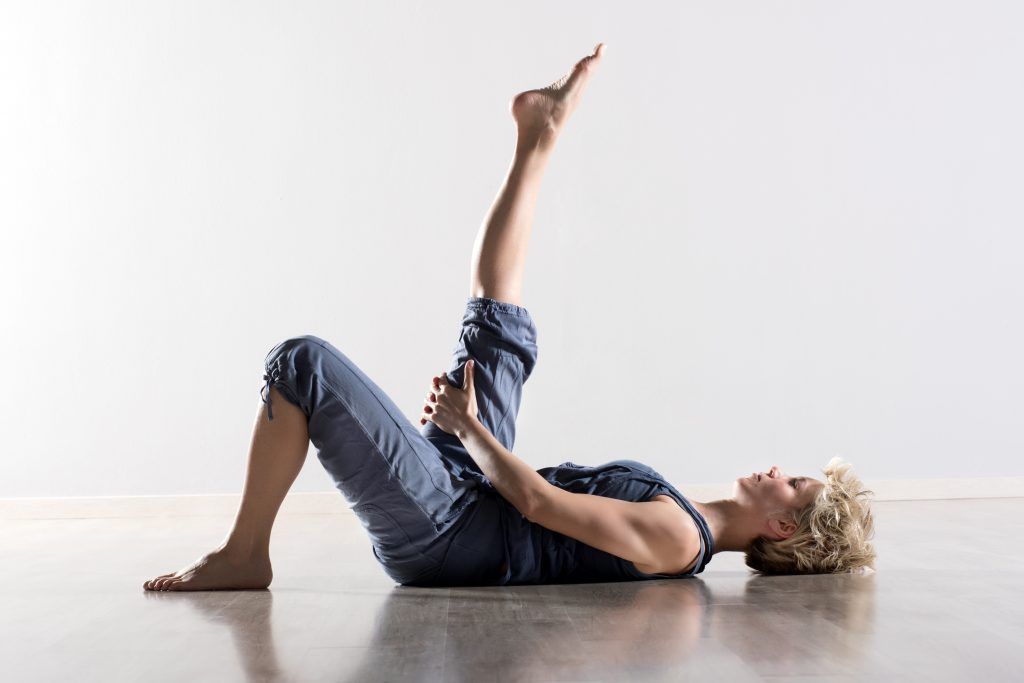 Repeat on the other side.
Repeat on the other side.
Just keep swimming
Still laying on the floor, lift both your legs and arms at the same time, really squeezing your lower back muscles, and make a swimming motion! If you get tired, just keep swimming! It’s all in the name of prettier lines.
Breathing is essential for back flexibilityTake a break with the child’s pose, stretching back onto your feet with the arms out in front of you.
Work your core for ballet flexibilityBack on your hands and knees, lengthen your left arm in front of you and right leg behind you. Now pulse both at the same time, but keep your center intact! This is to work your arabesque, so a solid core is key to a good workout and a good arabesque!
Switch sides and remember to lengthen and lift!
Arabesque for ballet back flexibiiltyNow that you’ve done some exercises to work out your back and your entire core, try doing some arabesque! Even if you don’t have a barre, you can use a chair at home. Face your barre or kitchen chair with your hips squared and toe pointed behind you, lifting up into an arabesque and then returning back to the standing leg. You can do this ten times through on each side. According to Healthline, this is a great stretch for both dancers and non-dancers, so be sure to pass it on to your non-dancer friends who want a stronger back! Take care that the supporting leg is straight and you’re not bending it in order to get the full stretch and employ your technique! If you practice with bad technique, it could end up hurting more than helping.
Face your barre or kitchen chair with your hips squared and toe pointed behind you, lifting up into an arabesque and then returning back to the standing leg. You can do this ten times through on each side. According to Healthline, this is a great stretch for both dancers and non-dancers, so be sure to pass it on to your non-dancer friends who want a stronger back! Take care that the supporting leg is straight and you’re not bending it in order to get the full stretch and employ your technique! If you practice with bad technique, it could end up hurting more than helping.
Cool down the same way you warmed up by arching and curling your back. Then finally, relax into the child’s pose once again. Practice this workout and you’ll be bending over backwards at the barre in no time!
Final Thoughts: Improve Back Flexibility for BalletIt can be hard to gain flexibility, but not impossible! Unfortunately, if it doesn’t hurt then it’s not doing the job, so it takes a little pain to stretch your back to its fullest point, but in the long run it’ll make you that much better! Push through, listen to your body, and watch yourself slowly get more and more flexible each and every day.
For more exercises to improve flexibility and strength at the ballet barre, click here for all of our ballet exercise articles!
Improving Back Flexibility -
This week’s question is about back flexibility. Maybe you are one of those naturally flexible dancers, but for those that aren’t as flexible, progressing in this area can be frustrating – it doesn’t just happen overnight. Read below as our Panel of Dance Teachers tells us how to improve flexibility.
Reader Question
What is your best tip for improving back flexibility? Will I ever be as flexible as my super bendy friends? It’s so easy for them.
Laura:
Improving back flexibility requires consistency and patience! It’s important to remember that each dancer will have his or her own amount of natural flexibility and also that each dancer’s extension will happen at his or her own part of the spine. Cobra stretches are my go-to stretch for increasing back flexibility.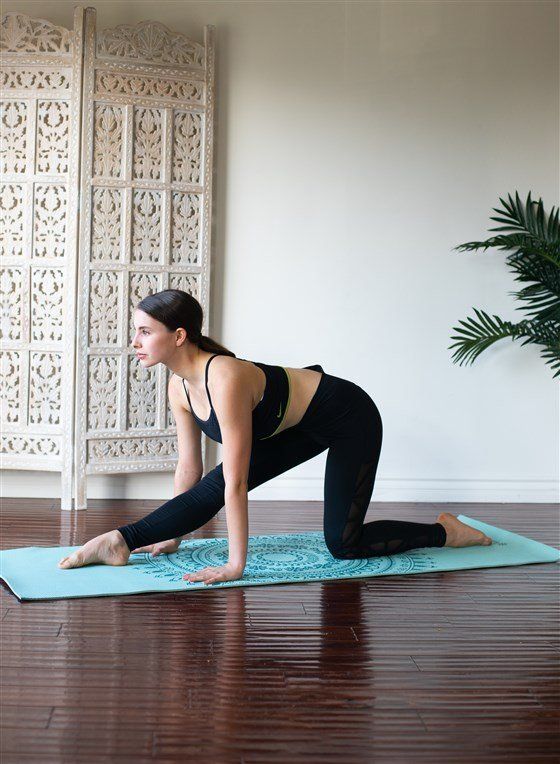 Lie on your tummy with hands flat on the floor beside your shoulders. Press your hands into the floor to lift your head and shoulders off the floor into a backbend. Keep your shoulders pressed down, your hips on the floor and relax your glutes. Hold for 15-20 seconds and repeat, this time with head up to ceiling. Push back into Child’s Pose and repeat a third time, this time allowing feet and head to try to touch. End with more Child’s Pose and then flip over onto your back to bring knees to you chest and roll through your spine. A weekly schedule of consistent stretching will be very helpful, but take it slow and steady and you should see results! Good luck!
Lie on your tummy with hands flat on the floor beside your shoulders. Press your hands into the floor to lift your head and shoulders off the floor into a backbend. Keep your shoulders pressed down, your hips on the floor and relax your glutes. Hold for 15-20 seconds and repeat, this time with head up to ceiling. Push back into Child’s Pose and repeat a third time, this time allowing feet and head to try to touch. End with more Child’s Pose and then flip over onto your back to bring knees to you chest and roll through your spine. A weekly schedule of consistent stretching will be very helpful, but take it slow and steady and you should see results! Good luck!
Sherise:
We were all born with our own unique body structure that is ours and ours alone. Embrace that and don’t compare yourself to others. There may be others who are naturally more flexible but there are things you can do to improve your own flexibility!
There are many stretches and exercises you can do; some are more comfortable than others, and some will work better for you than they will for others.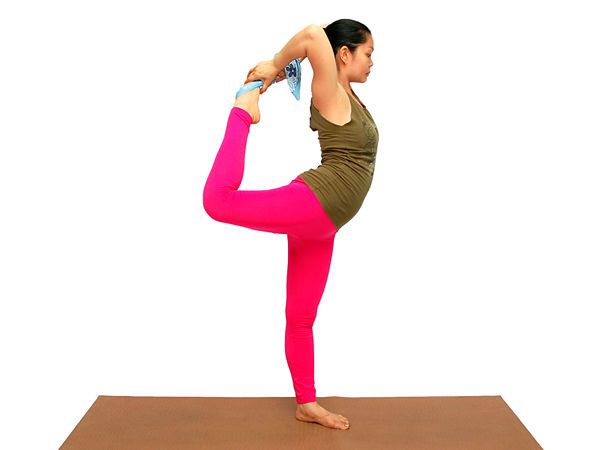
The bridge, also known as a back bend, is a great one to start with. You can make this one as simple as you like. Once you have the basic bridge down you can start to walk your hands closer to your feet. You can also lift your right leg, hold 10 seconds, then repeat with the left. Another good one is one that I have heard called the Seal, The Superman, The Surfer, or in yoga The Upward-Facing Dog: lay on your stomach and use your arms to push only your upper body up, leaving your hips on the floor. Hold for 20 seconds, then repeat. You can also leave your arms at your side and use your core to lift and hold. Then finally one of the BEST things to do is Arabesques. These will help improve your overall flexibility. Make sure you are using proper breathing while stretching as well. Take your time and don’t push yourself. It’s not worth injuring your muscles.
Temperance:
The best way I have found to increase my student’s back flexibility is with these exercises:
1.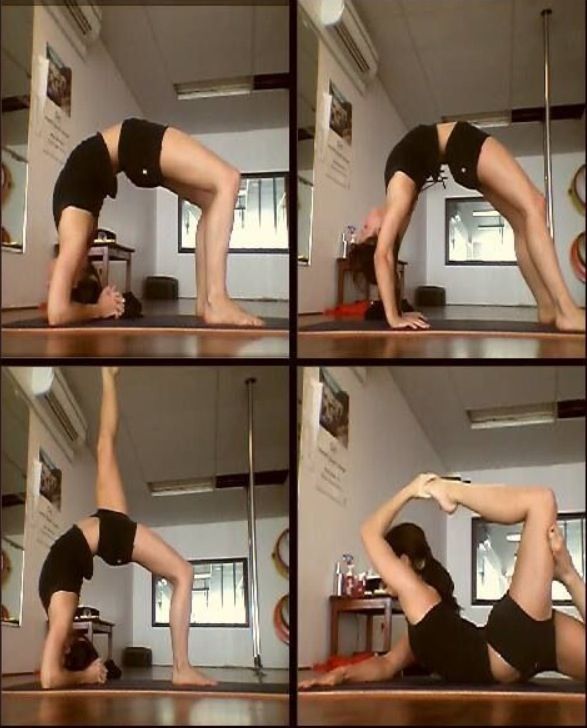 Get a partner who is close to your size/height. One person will face the wall and place their hands and forearms against it. The other partner will assist in getting the leg up as high in the back as possible. Make sure that the student is mature enough to tell the partner when the stretch is good, too much, or too little and needs extra push. Obviously we all need to know the difference in a “good” hurt and a “bad” hurt. In this stretch, make sure you do not LEAN too far into the wall or bend over from the waist as that defeats the purpose of feeling the back stretch. This stretch will not only help your back/shoulder flexibility when you try to reach back and grab your leg on your own, but also help in getting your scorpion or back split/needle!
Get a partner who is close to your size/height. One person will face the wall and place their hands and forearms against it. The other partner will assist in getting the leg up as high in the back as possible. Make sure that the student is mature enough to tell the partner when the stretch is good, too much, or too little and needs extra push. Obviously we all need to know the difference in a “good” hurt and a “bad” hurt. In this stretch, make sure you do not LEAN too far into the wall or bend over from the waist as that defeats the purpose of feeling the back stretch. This stretch will not only help your back/shoulder flexibility when you try to reach back and grab your leg on your own, but also help in getting your scorpion or back split/needle!
2. Again with a partner (of same size/height), have one person lay flat on their stomach. The other person will stand over them, feet on either side of their waist, and grab their hands and pull UP. The partner lying down should be in the form of a seal stretch with their arms overhead.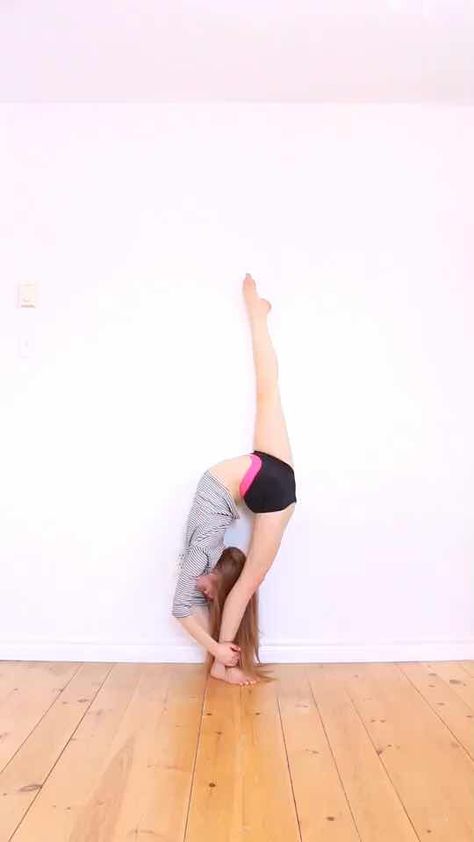 Tell your partner less or more depending on what feels good on your body.
Tell your partner less or more depending on what feels good on your body.
3. This goes along with the stretch above. Have the partner standing turn around and face the legs of the partner who is lying down on their stomach. The partner who is standing will bend down, grab their partner’s legs/ankles, and walk them up. The partner who is lying down should now be in the form of a chest stand while their partner is holding up their legs in the air.
4. Holding a bridge position, and then lowering their elbows to the ground.
5. Holding a bridge position and doing bridge rocks (where you stay in the bridge and simply rock front and back)
6. The seal stretch is always great. Bring the feet to the head, or as high as your feet can go.
7. Sitting in a split and leaning back as far as possible.
Note: During all of these exercises, hold for at least 1-3 counts of 8. The best way to achieve ANY type of flexibility is HOLDING the stretch! Never come out of the stretches quickly or abruptly. After all of these stretches, make sure your relax your back and bend forward so that your spine doesn’t feel “crunched”. Kind of like after splits or deep stretches it feels good to “shake it out”. Same with the back!
After all of these stretches, make sure your relax your back and bend forward so that your spine doesn’t feel “crunched”. Kind of like after splits or deep stretches it feels good to “shake it out”. Same with the back!
Meet the teachers…
Last Week’s Question…
Submit A Question
[contact-form-7 id=”62098″ title=”Contact form 1″]
types of flexibility and basic stretching exercises
Contents
A flexible body, elastic muscles and mobile joints are the key to beauty and health at any age. Flexibility is not only innate, but also an acquired quality. Without a doubt, every dancer should have it.
What is flexibility
Flexibility is the ability of the body, namely muscles, ligaments and joints, to give maximum amplitude in various movements and physical exercises.
The flexibility of the body depends on genetics, the structure of the joints, the elasticity of the tendons. This indicator is also related:
This indicator is also related:
- with age. Children and adolescents tend to be more flexible than adults;
- with floor. Women are naturally more flexible than men;
- with the level of physical fitness and fitness.
Types of flexibility as it happens
There are several varieties:
- Dynamic flexibility is the maximum possible range of motion in a joint without any outside help. For example, standing against a wall, the athlete raises the leg to the highest possible level and holds it for several seconds. Also, the dynamic view is fixed when performing exercises, for example, with swings;
- Passive (static) flexibility always exceeds active dynamic. It is achieved with an external impact on the joint. For example, the athlete or his partner holds the raised leg with the hand in maximum amplitude;
- Special refers to the mobility of specific joints.
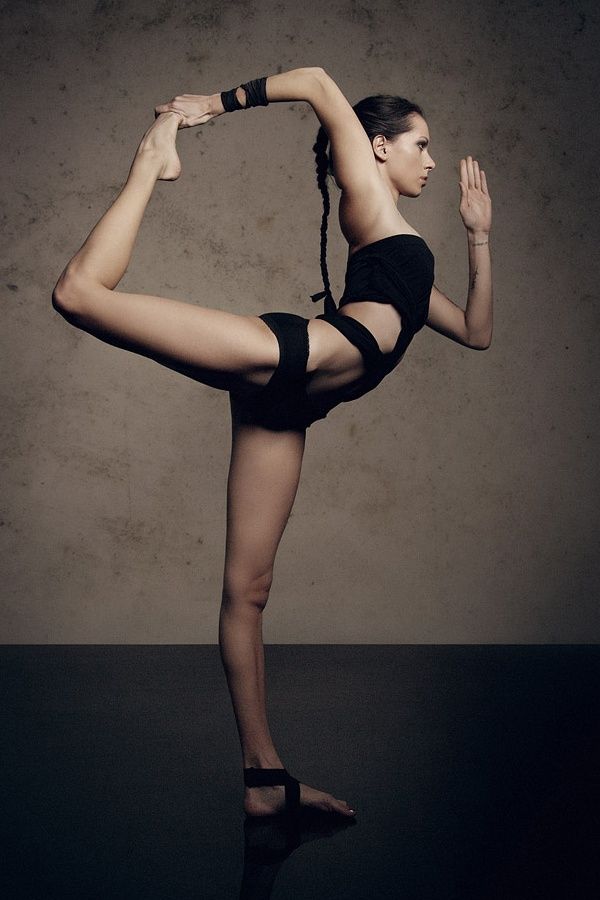 Different sports and dances require different levels of joint mobility;
Different sports and dances require different levels of joint mobility; - Anatomical. Habitual daily movements in terms of joint mobility are very limited. Use of the reserve of pledged flexibility up to 95% occurs only during special classes;
- Excessive flexibility is dangerous, as the stability of the joint is lost and the maximum stretching of muscles and ligaments is reached. This is fraught with injuries (dislocation, rupture, sprain).
Sign up for a trial lesson
Why flexibility is important for dancers
Good flexibility is the key to beautiful amplitude movements and speed of changing positions
A flexible body is more responsive, plastic and enduring. Good amplitude in the work of all joints gives excellent coordination between all parts of the body.
These motor indicators are extremely important in dance. Movable joints and stretch-responsive muscles make the body supple, able to quickly perform complex movements and ligaments.
Flexibility can be improved by regular stretching.
What exercises help to develop flexibility
Stretching (from the English "stretching") always begin with a quality warm-up of the whole body. Pulling muscles and ligaments is possible only in a heated state. To do this, it is enough to perform a warm-up of 2-3 dynamic exercises, involving all the main joints.
Flexibility exercises:
- Neck . Grab your head with your right hand and press your ear against your right shoulder, stretching the left side of your neck. Lock the position for 30 seconds. Repeat with your left hand.
- Spine, thoracic . Starting position on all fours. Bend your back down and lift your head up, remaining in the position for 10-15 seconds. Arch your back up, lowering your head down. Hold the position for another 15 seconds. Repeat several times at a slow pace.
- Spine, back of thighs .
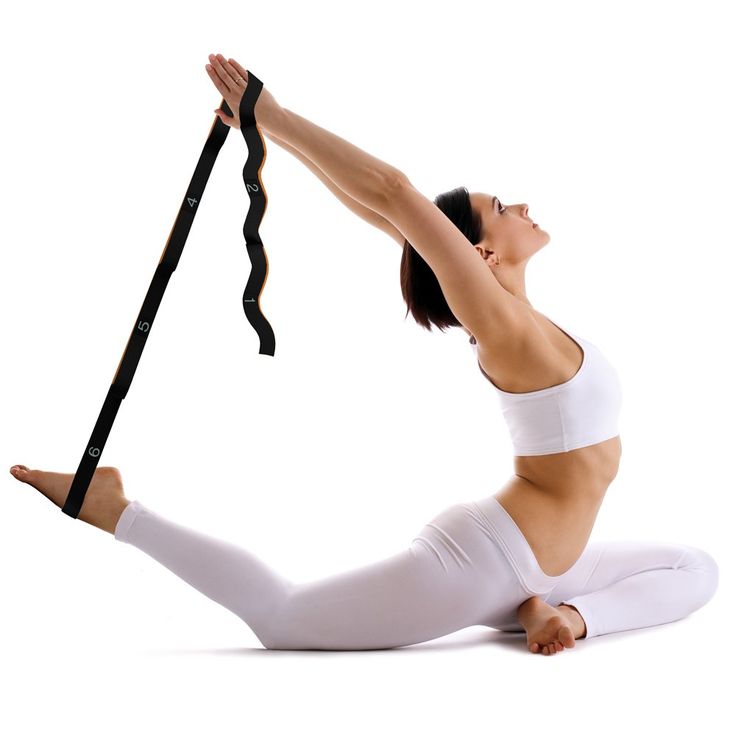 An exercise from the arsenal of yoga "Downward Dog". Place your feet and hands on the floor shoulder-width apart and bring them closer until you reach the body in an inverted V. The foot is completely on the floor, legs are straight. For greater effect in position, you can sway slightly, creating a arch in the back.
An exercise from the arsenal of yoga "Downward Dog". Place your feet and hands on the floor shoulder-width apart and bring them closer until you reach the body in an inverted V. The foot is completely on the floor, legs are straight. For greater effect in position, you can sway slightly, creating a arch in the back. - Spine, core muscles . Lying on your stomach, bend your knees, bring your feet to your buttocks. Wrap your arms around your feet and pull your legs back and up. The thoracic spine takes the maximum deflection. The position is fixed for 20-30 seconds.
- Hip Extension . Lunge forward with your right foot and shift your weight onto it. Tilt your body forward and lean on your elbows. Maintain the position for up to 30 seconds. Repeat with the other leg.
- Lateral Thigh Extension . Sitting on the floor, spread your legs as wide as possible.
 Place your body and arms on the floor as far as possible. Stay in position for up to 30 seconds.
Place your body and arms on the floor as far as possible. Stay in position for up to 30 seconds.
Tips from experienced choreographers for stretching
Flexibility exercises are performed at a calm pace, the muscles are stretched until a slight tolerable pain appears. In each position, you should stay up to 20-30 seconds, holding the maximum amplitude of the stretch.
For general flexibility development, it is enough to stretch 1-2 sessions per week as a small addition to the main workout. The presented set of flexibility exercises is one of the possible options for this form of training.
If increasing the flexibility of the body is the main task, then it is worth doing stretching in the format of a full-fledged lesson. We recommend starting stretching under the guidance of an experienced instructor.
Benefits of working with a coach:
- safety : no risk of injury;
- effectiveness : the coach selects the exercises based on the physical data of the student;
- speed : a professional instructor uses techniques to achieve maximum results in the shortest possible time.

The dance studio "La Boca" is open for stretching and stretching. Classes are conducted by a professional ballerina Victoria Krivtsova and an international master of sports in Latin American dances Olga Dubravina. Lessons are held in small groups and with an individual approach to everyone.
Sign up for a trial session and experience the benefits of stretching with a professional.
LEVEL UP: Chest Opening: zoukability — LiveJournal
Correct and safe work of the back in dance is an extremely important and serious topic. Even if you dance at an amateur level and do not aspire to be the star of the dance floor, it is necessary to know the physiology of movements and safety precautions, because this directly affects your health and mobility for many years to come.It has long been time to dig deeper into the physiology of dance, and I am happy to give this topic to a person who studies it with all responsibility and maniacal zadrotnost.
The author of today's material: Ksenia Paska-Salazkina , teacher at the school Art of Play , Moscow (paired with Alexander Paska).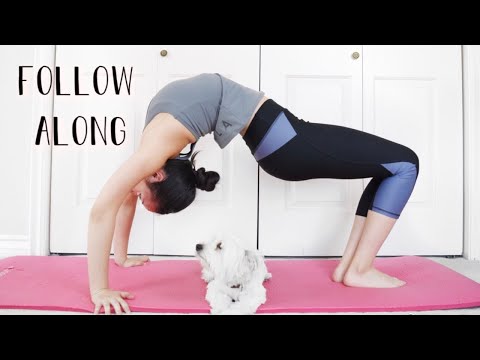
Professionally engaged in ballroom dancing and rhythmic gymnastics, ex-coach of the SDUSHOR.
The spine is the main part of the musculoskeletal system, the condition of which directly affects the dancer's skill and the notorious lightness and plasticity.
Dancers often have problems with their spine, mainly due to incorrect performance technique. One of the most common and serious problems is “herniated disc”, which often occurs due to a significant increase in flexibility in the lumbar spine, or in partners in case of incorrect technique of supports and semi-supports.
One may get the impression that zouk or ballroom dancing inevitably leads to pathology, and therefore the purpose of such essays is to try to minimize such influences. But it's not. Injuries and pathology are caused not by the dance itself, but by mistakes in the training process . Moreover, dancing often plays a preventive role, helping to work out the body and build its correct work.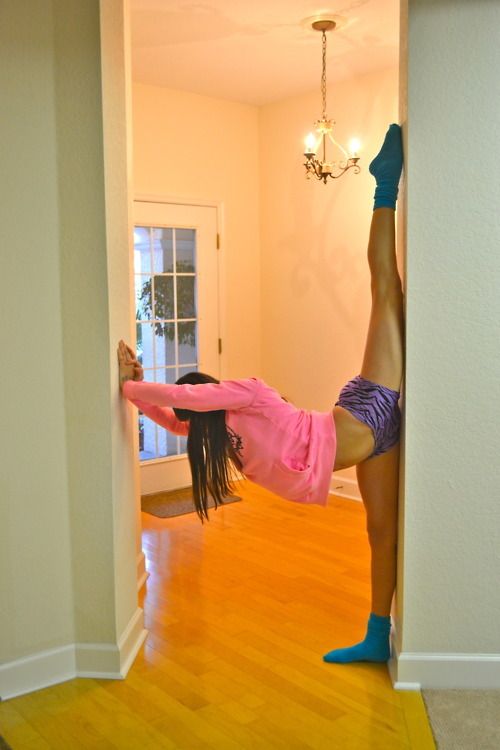
To make it clearer how everything works, let's make a small digression towards physiology.
The human spine consists of 7 cervical (C1–C7), 12 thoracic (Th2–Th22), 5 lumbar (L1–L5), 5 sacral (S1–S5, fused into a single bone by the age of 18–25) and 4 –5 coccygeal rudimentary vertebrae (Co1–Co5).
Which part of the spine should be bent and by how much should its flexibility be increased for dancing?
Formally, all vertebrae, starting from the third cervical, have the same "degree of freedom" of movement. And one would expect that the spine is able to potentially "bend" in all directions. But things are different. There are two factors that significantly limit the freedom of movement of the spine as a whole. The presence of ribs that articulate with the thoracic vertebrae significantly limits the degree of mobility of the spinal column in its thoracic region. The natural physiological curves of the spine also modify the degree of mobility of the spine in different regions.
These factors lead to the fact that the extension of the spine in the form of backward bends (for example, in back cambra or amplitude headworks) occurs mainly due to the bending force in the lower lumbar vertebrae. Therefore, it is there, at the level of L5–S1, that disc herniation and other pathologies form in the vast majority of cases.
An increase in mobility in the lumbar region also affects the quality of turns, rotations, jumps (for example, in lifts). The fact is that the dancer's center of gravity, depending on the position he takes, is projected onto one or another level of the lumbar (or lower part of the thoracic) spine. The biomechanics of spins in balance, multiple turns or a jump is to push the center of gravity up . If the lumbar spine is characterized by increased mobility and increased curvature (lumbar hyperlordosis), then the repulsive force of the legs will begin to “extinguish” and “dissipate” in the lumbar spine. Movement will become sluggish and fuzzy.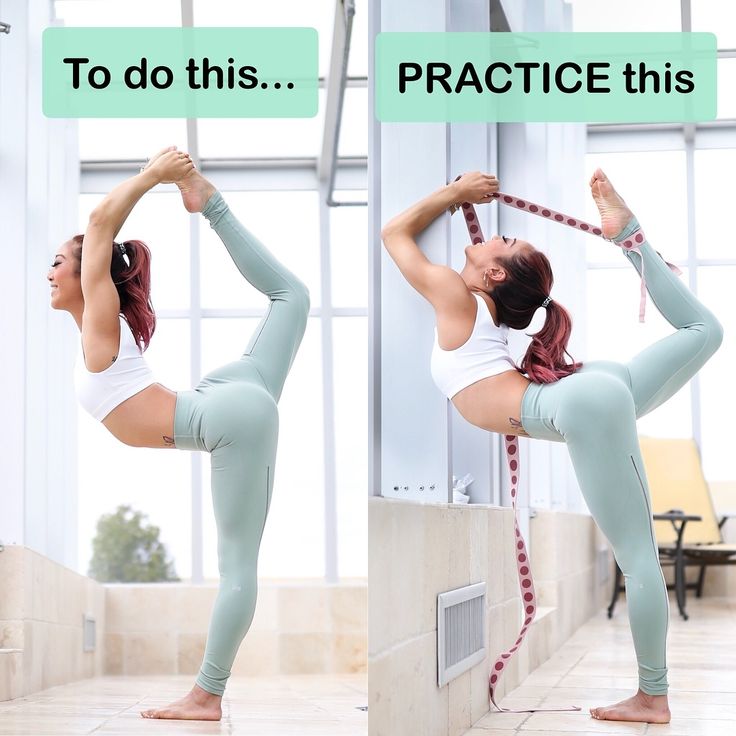
What is the way out? Remove all deflections in the spine back? Not at all!
You just need to bend, preferably in another part of the spine - in the chest , as they do in choreography. Please note that all backward bends in classical dance are performed with a straight loin. That is, in the choreography they bend in the thoracic spine along the line of the edge of the shoulder blades (this is approximately the level of the seventh thoracic vertebra - Th7). And the “straight lower back” allows you to accurately transfer force from the legs to the center of gravity and then to the entire spinal column when turning, spinning and jumping. Therefore, turns and rotations in ballet are distinguished by high accuracy and ease, and the jump is distinguished by height, length and amplitude.
With Zooker Cambrai and Headworks, the situation is even more interesting, in these movements it is extremely important to bend either in the thoracic region, or gradually include the entire spine from top to bottom, which will evenly distribute the load between the vertebrae.
The even position of the shoulder-pelvis square is also very important, often such distortions lead to displacement of the vertebrae and muscles, pinching of the sciatic nerve and other unpleasant symptoms. The work of the neck is a separate very large and important topic, we do not consider it in this essay.
It is much more difficult to cultivate flexibility in the thoracic spine - the chest itself limits mobility plus physiological thoracic kyphosis. But this task, as the choreography shows, is solvable. And the above reasoning does not mean at all that any deflections in the lumbar spine should be excluded. The point is only that it is not worth emphasizing flexibility in this department, it should complement the work of the thoracic department. It is also important to have strong abs, lower back and back muscles, they ensure the correct distribution of the load and the ability to work with great amplitude and speed.
Description of classes LEVEL UP ZOUK FEST (November 10-11, 2016, Moscow)
In order to help you develop the qualities of lightness and plasticity in yourself, we have combined the tools that will lead you to a good result.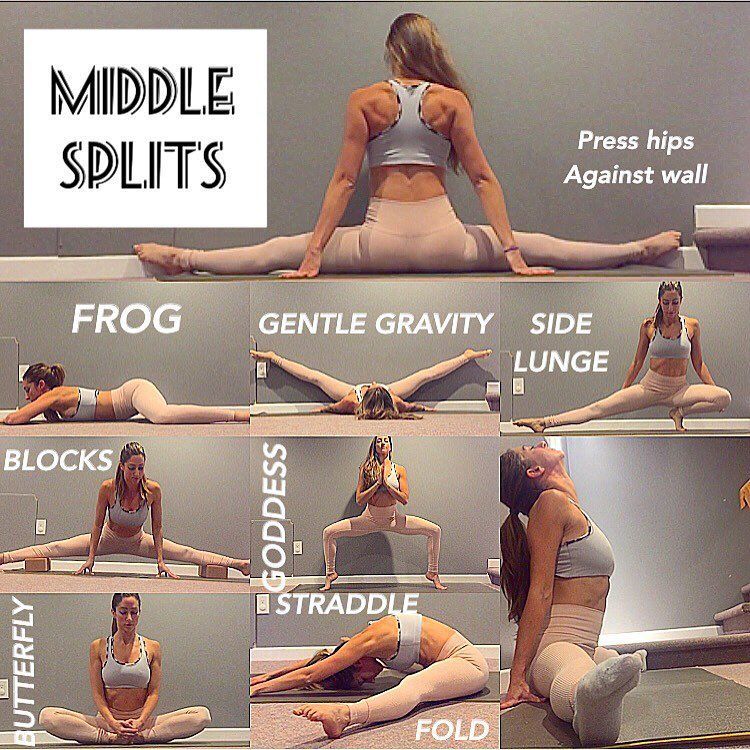
Training will begin with classes Vadim Chernousov , a top-class trainer who works both with professional dancers and choreographers who have been dancing almost all their lives, and with social dancers who have recently started their dance path, including including working with people after serious injuries and helping them recover. During the 3-hour training session, we will work with isolations of the thoracic region, plastic surgery of the thoracic region, and waves. You will find not only practice with the master, but also methodological information that will help you in independent training. And more than 25 years of teaching experience Vadim will allow you to learn the material easily and naturally!
Then we will learn from Sasha and me to correctly include the already worked body on deep cambra with waves, amplitude isolations and headworks in pairs. You will also expect practice and methodological information.